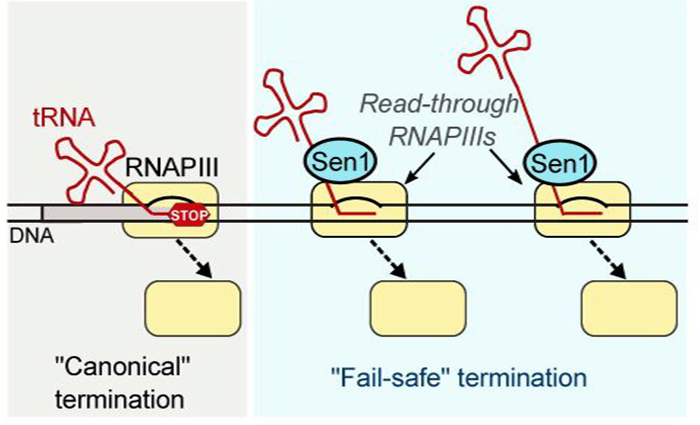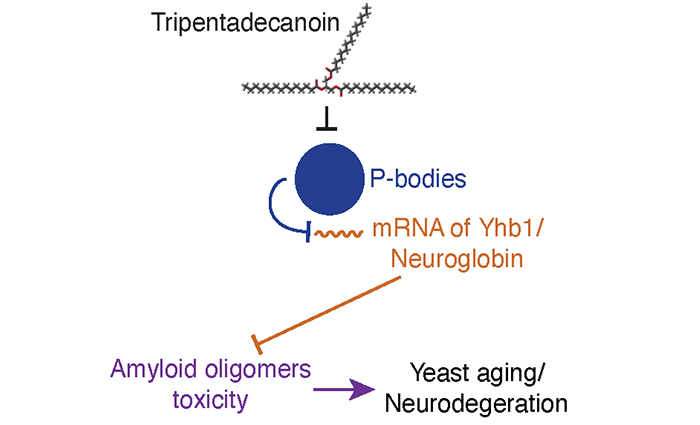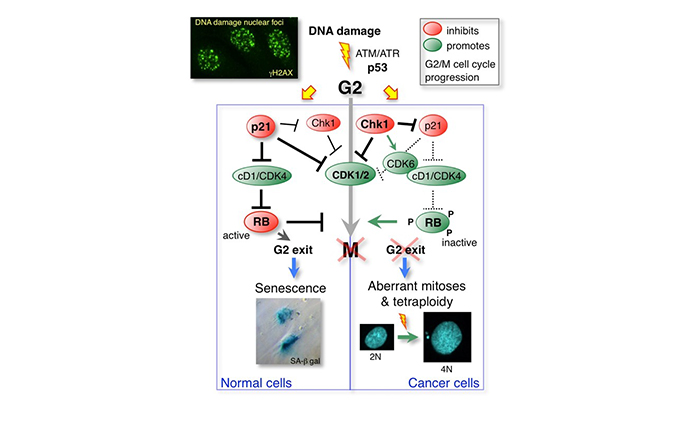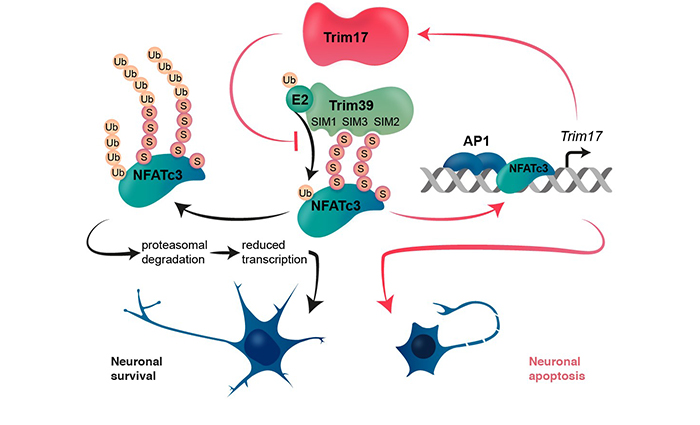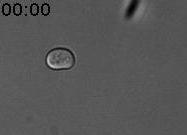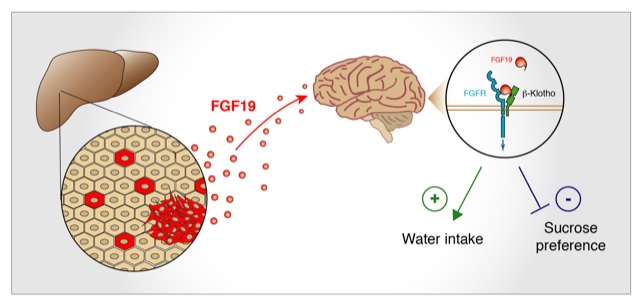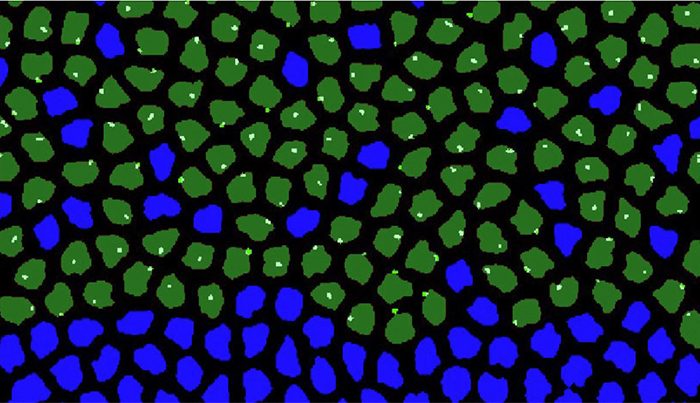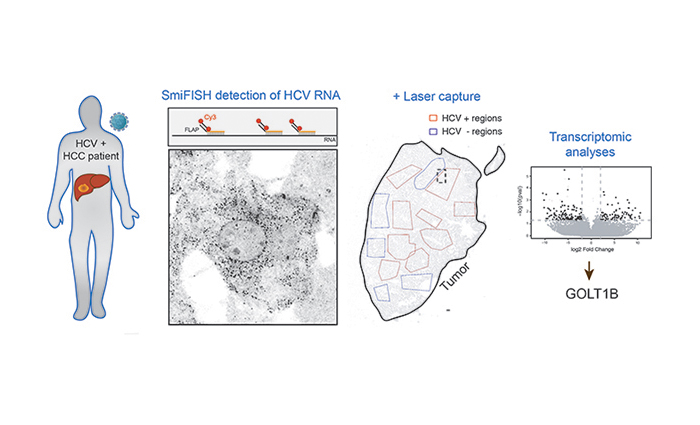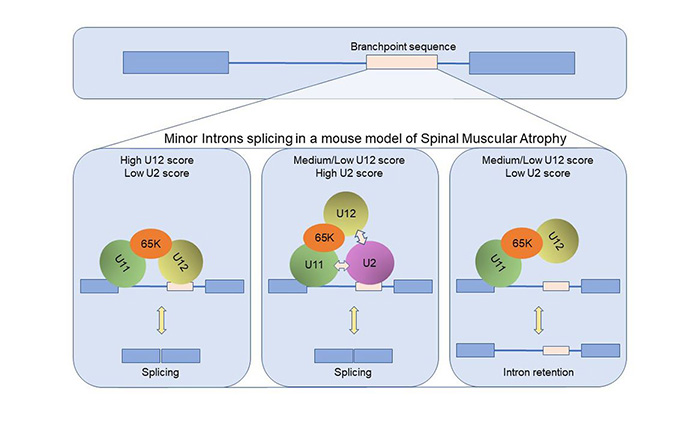Genomic distancing in yeast: get out of my DNA !
Social distancing does not apply only to human societies in times of pandemics. The genome of all organisms is a crowded environment in which many machineries concur to read, copy and repair the encoded information. These machineries are susceptible to encounter each other and some of these collisions might interfere with their good functioning, potentially jeopardizing the physiology of the … Continue reading Genomic distancing in yeast: get out of my DNA !




